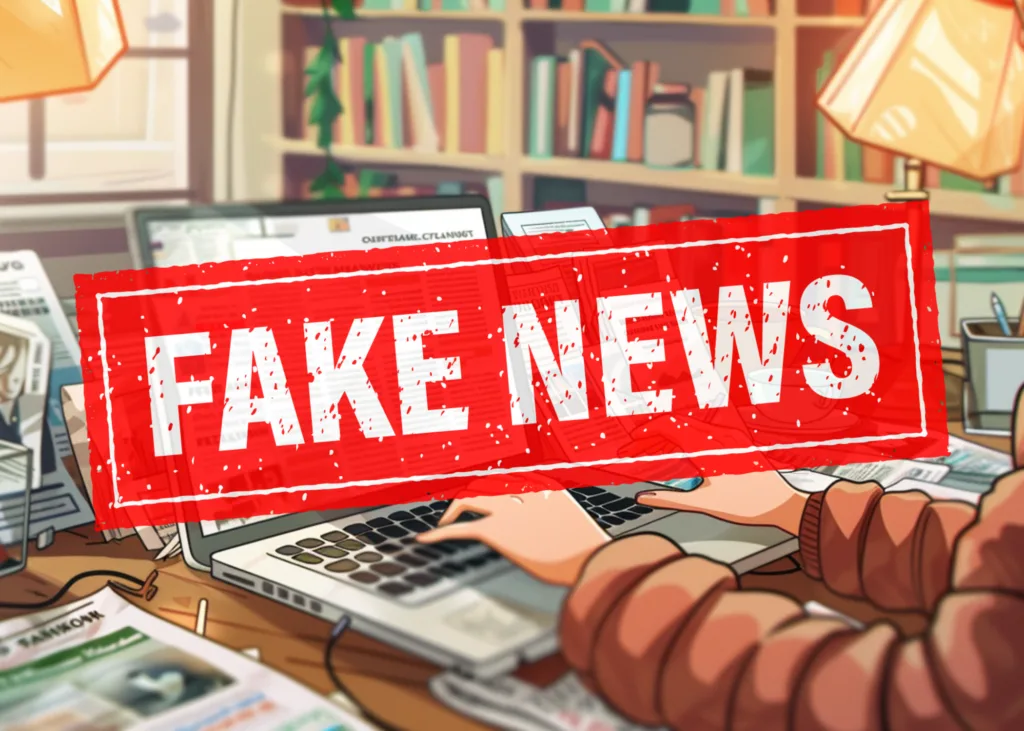Introduction
Have you ever stumbled upon a news story that seemed a bit too dramatic, only to find out it was completely fabricated? With headlines flashing across our screens in seconds, it’s becoming increasingly difficult to separate fact from fiction. This article is your go-to guide for navigating the murky waters of misinformation. Why do some fake stories grab our attention more than the real ones, and what can we do about it?
Understanding the mechanics behind fake news is crucial for personal knowledge and for maintaining the integrity of our democratic society. We’ll explore how to scrutinize the sources of your daily news diet and equip you with digital literacy skills that are essential in today’s media environment. How can you tell if an author really knows their stuff? Or whether a sensational headline is just clickbait? Stick around, and you’ll learn how to not only spot the fakes but also enhance your news experience by curating a feed filled with diverse, credible sources.
Understanding the Nature of Fake News
What is Fake News? In the complex media environment today, fake news typically combines complete fabrications with elements of truth, all crafted to mislead or entertain. Unlike biased reporting, which may include true aspects but presents them subjectively, fake news usually lacks a factual foundation and aims to deceive.
Identifying Fake News: Recognizing fake news requires vigilance for certain warning signs:
- Sensational Headlines: Implausible headlines are often a hallmark of fake news.
- Absence of Credible Sources: Authentic articles generally reference verifiable sources, whereas fake news may not, or it might cite questionable ones.
- Altered Images: Images can be powerful but misleading when manipulated.
Why Fake News Spreads: Fake news is engineered to stir strong emotions such as fear, anger, or excitement. These emotions drive people to share the news, under the impression of aiding others, which inadvertently furthers the spread of misinformation.
Evaluating Sources Effectively
Assessing Source Credibility: In the digital age, evaluating the reliability of a source is essential. This can be achieved by examining the publisher’s credibility, their editorial standards, and their track record in factual reporting. Tools like Media Bias/Fact Check are useful for this purpose.
Strategies for Cross-Verification: To ensure information accuracy, employ multiple verification methods:
- Compare the story with reports from multiple established news outlets.
- Search for the news item in media outlets known for their accuracy.
- Conduct reverse image searches to check the authenticity of images.
Importance of Author Expertise: The expertise of the author is a crucial indicator of the reliability of information. Experts are more likely to provide insights based on evidence and respected research.
Enhancing Digital Literacy
Navigating Social Media Wisely: Social media offers extensive information but is also a breeding ground for misinformation. Key strategies include:
- Follow verified and reputable news sources.
- Approach news shared in social media groups with skepticism if sources are not clear.
- Be cautious of altered or sensational content intended to incite reactions.
Utilizing Fact-checking Tools: Tools such as Snopes, FactCheck.org, and PolitiFact are effective for verifying facts. Here are ways to use these tools:
- Verify the authenticity of information before sharing it.
- Use the search function to check if a story has been debunked.
Awareness of Algorithms: Social media algorithms aim to keep users engaged by showing more of what they react to, potentially creating echo chambers. Awareness of this can help in seeking diverse viewpoints and avoiding misinformation traps.
Creating a Reliable News Environment
Building a Balanced News Diet: Assembling a diverse and reliable news collection is crucial. This can be achieved by:
- Subscribing to news outlets known for high journalistic standards.
- Including international sources to gain a broader perspective.
- Periodically re-evaluating your news sources to prevent information bias.
Responsible News Engagement: Responsible interaction with news on social media is vital in combating misinformation. Here are some guidelines:
- Do verify facts before sharing.
- Don’t propagate unverified or sensational stories.
- Do promote critical discussions within your network.
Promoting Community Awareness: Participating in or forming communities that value factual information can enhance the collective impact. Encouraging media literacy and factual discussions can help fortify the community against misinformation.
Wrapping It Up: The Truth About Fake News
Throughout this exploration, we’ve uncovered the sticky web of fake news, learning not just what it is, but how it operates to captivate and deceive. The allure of sensational headlines and the absence of credible sources define the territory of misinformation, a domain where altered images roam free. But it’s not all doom and gloom; equipped with the right tools and a dash of skepticism, each of us can become a warrior in the battle against falsehoods. By evaluating source credibility, cross-verifying facts, and enhancing our digital literacy, we’re not just passive consumers but active participants in shaping a truthful media environment.
Remember, fake news preys on our emotions to make us click, share, and react. It’s engineered to make us feel more than think. But now, as informed readers, we hold the power to pause and ponder, to question the source, and to choose curiosity over chaos. As we navigate this complex information period, let’s commit to being not just informed, but thoughtfully informed. After all, isn’t the truth worth a second glance?



